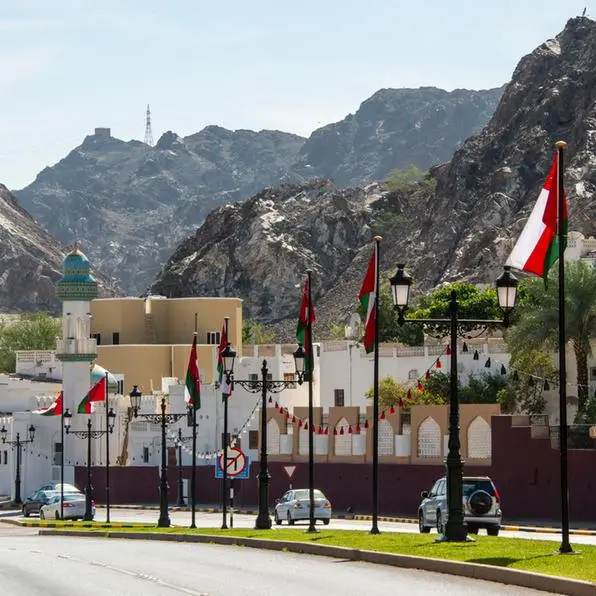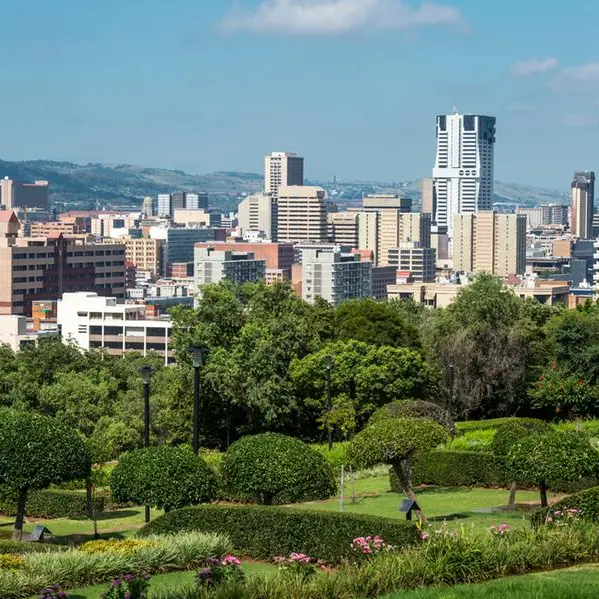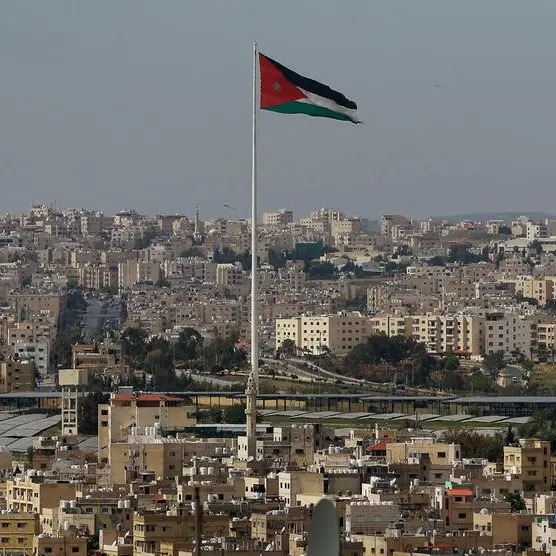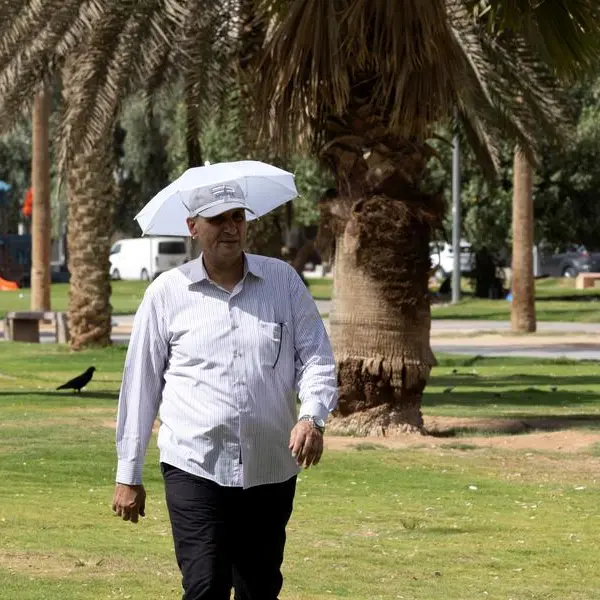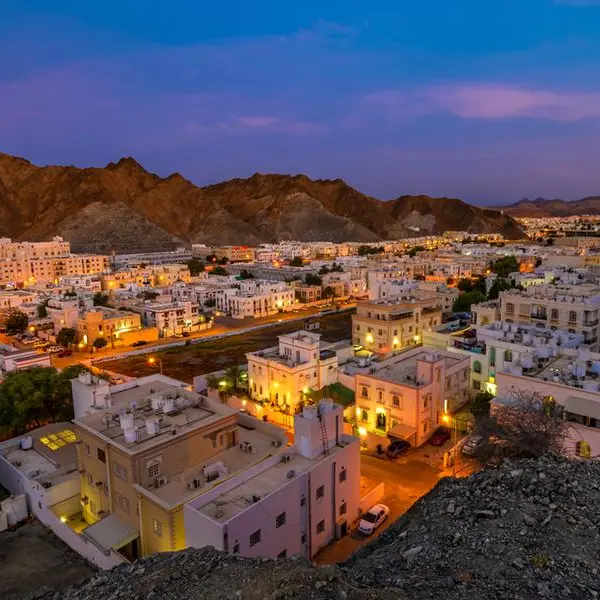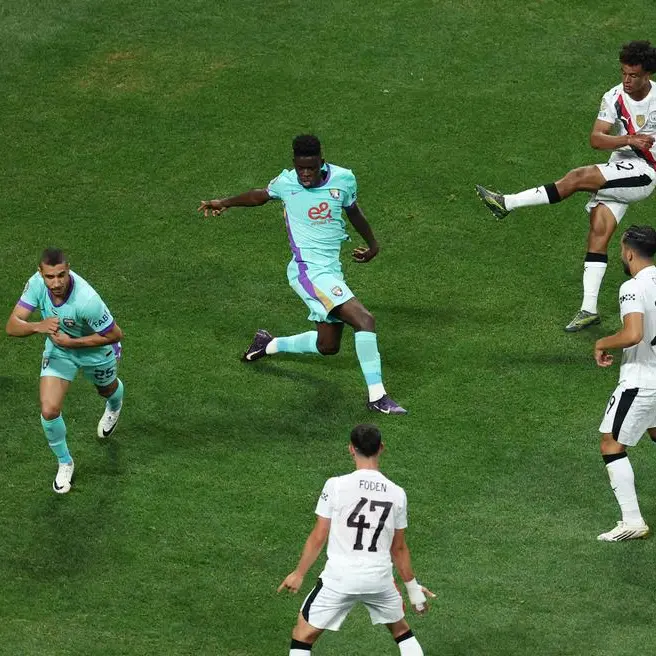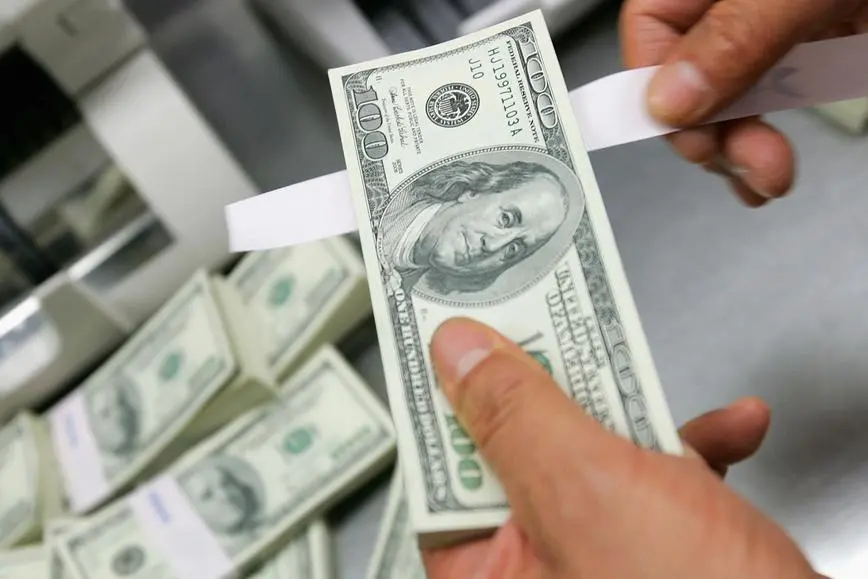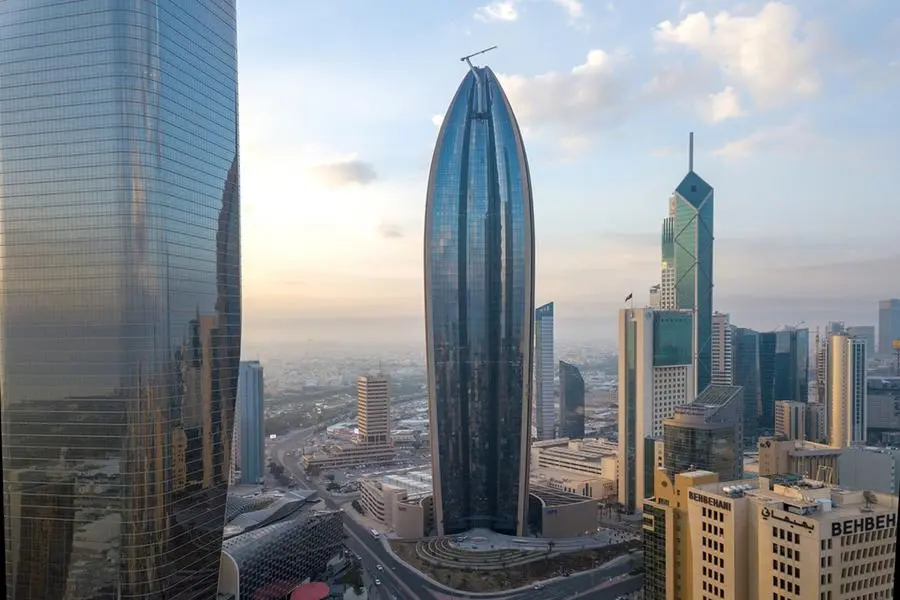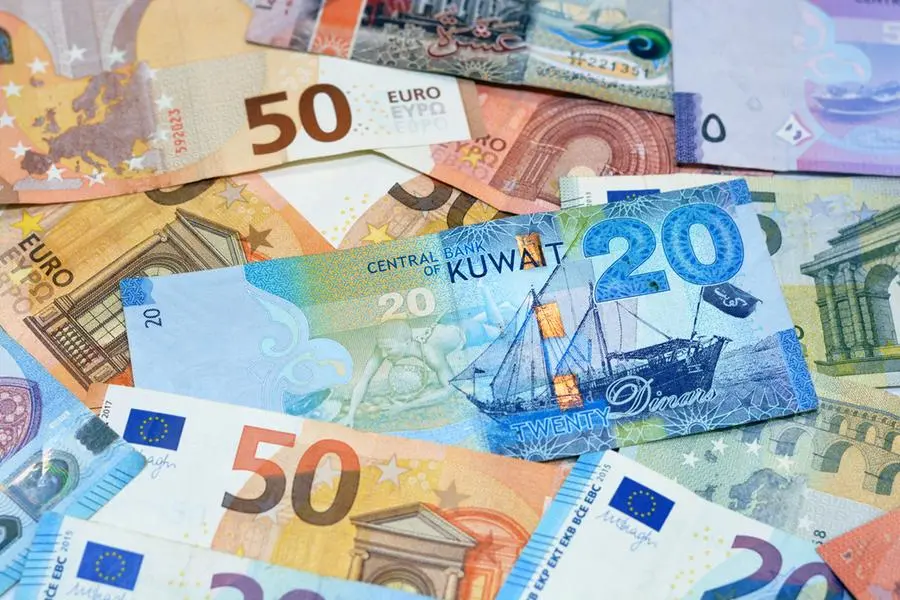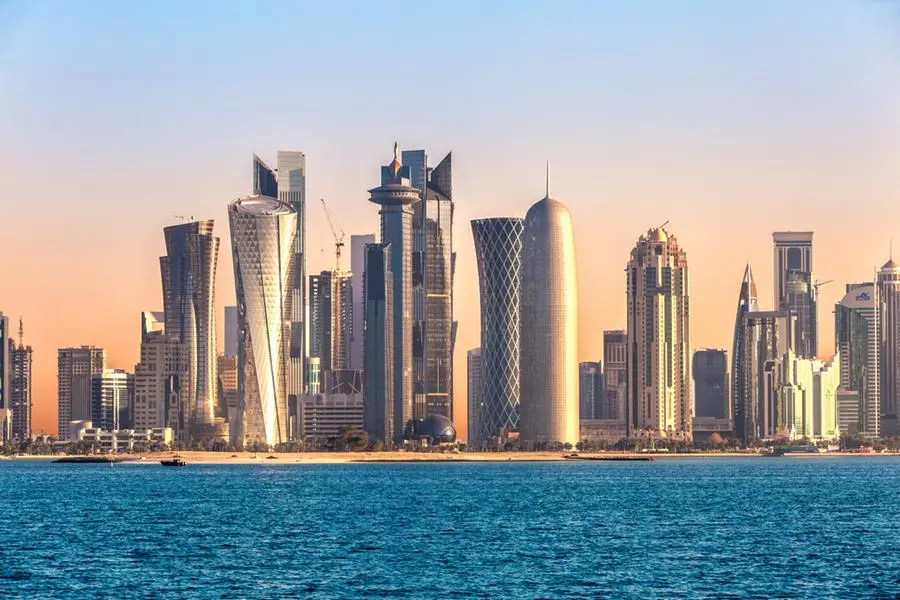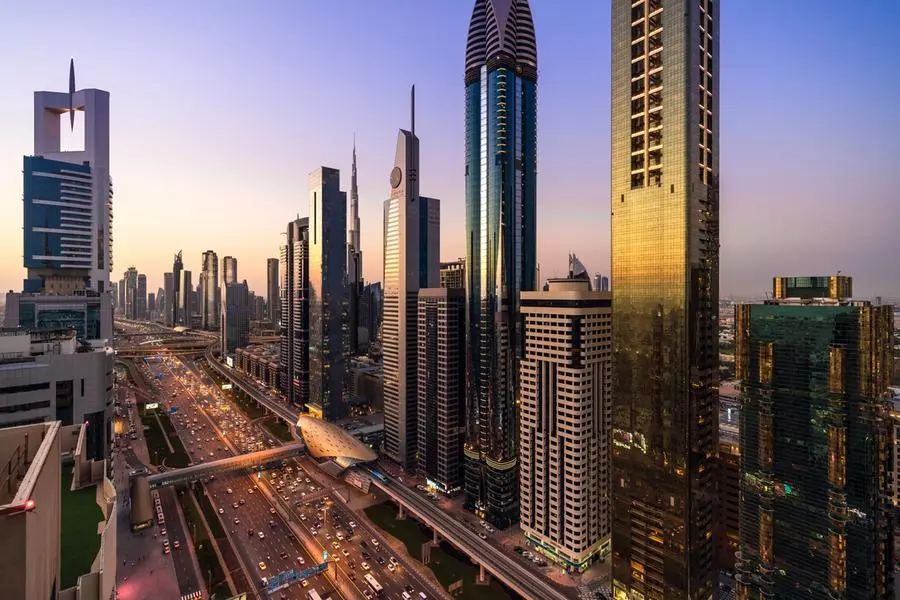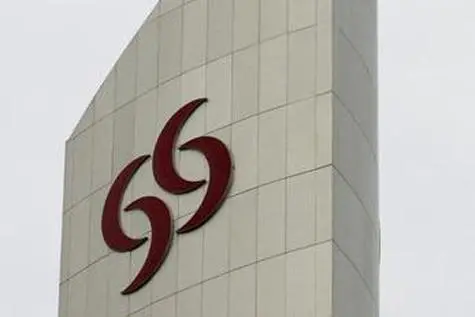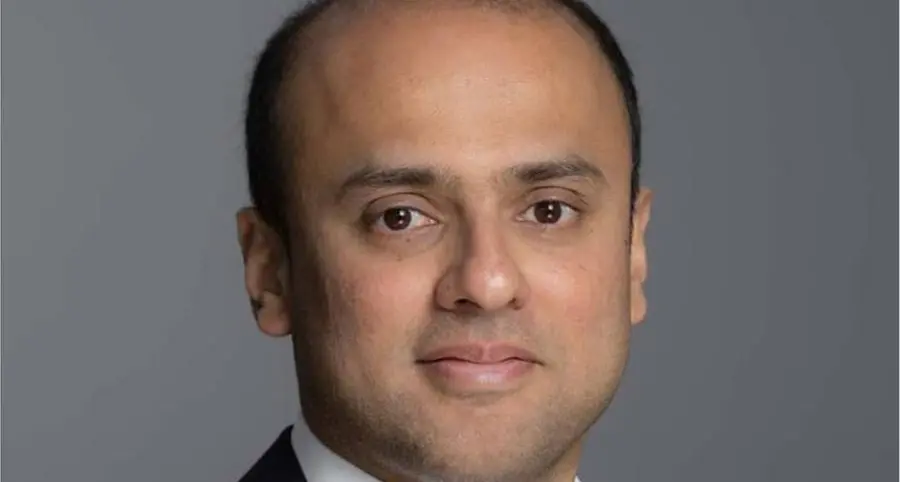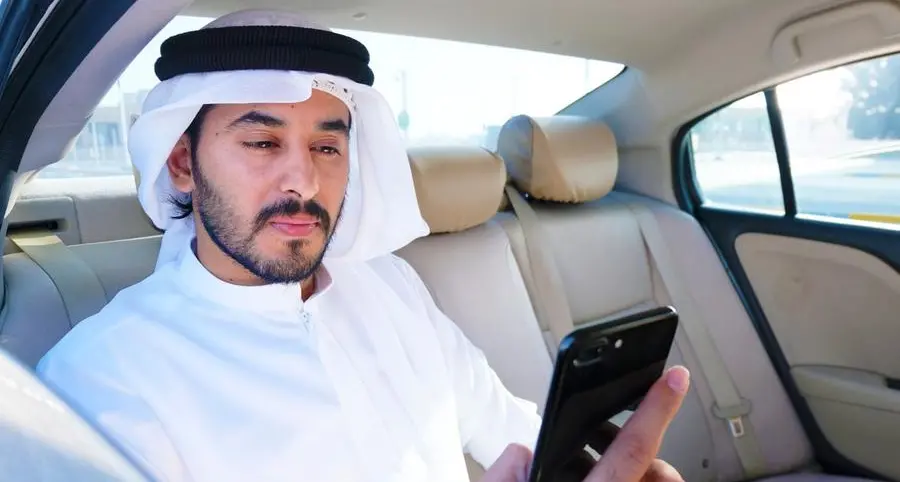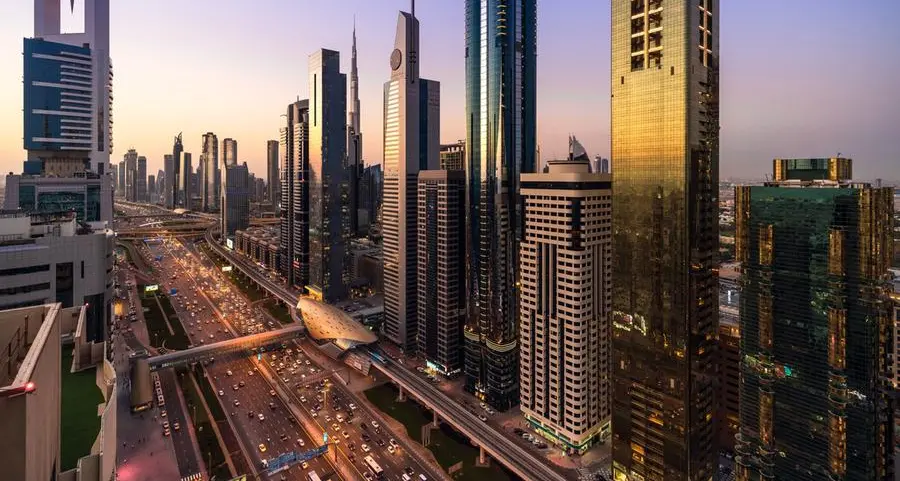Wissam Shawkat has been passionate about calligraphy since an early age. Originally from Iraq, he now lives in Dubai, UAE and is a civil engineer by practice. Shawkat's degree in Civil Engineering, received from Basra University in 1996, complemented his artistic pursuits and offered him the skills necessary to excel at draftsmanship and design. His unique style borrows from the exquisite craftsmanship of traditional practitioners and the vibrancy of contemporary culture.
A calligrapher and designer of logotypes with over 20 years experience, Shawkat has worked for well-known clients in branding design, advertising agencies and big corporations. In addition to the graphic applications of his calligraphic works, he has practiced calligraphy as an art form, producing fine art calligraphy pieces that are included in private and public collections throughout the world. Shawkat has participated in many local and international competitions and exhibitions, winning awards locally and internationally including Al Burda International Calligraphy Competition, Al-Baraka Turk Bank Calligraphy Competition, Visual & Audible Arabic Calligraphy, Iraqi Calligraphy Society Prize, International Calligraphy Competition (IRCICA), and Dar Al-Salam 3rd Arabic Calligraphy & Islamic Ornamentation Festival.
Wissam Shawkat's work has appeared in numerous books and publications focused on the art of calligraphy and logos, as well as curating several local and international calligraphy functions and exhibitions. The diversity of his work resonates with a wide range of audiences and testifies to his belief that calligraphy knows no boundaries.
Why choose calligraphy as your artistic medium?
When I was 10 years old, my schoolteacher wrote four letters in very simple form: Ruq'aa script, which is a basic style on the blackboard using chalk, and since then calligraphy became an obsession, I fell in love with how Arabic letters could take a beautiful form and shape, the forms of these few letters were carved in my mind.
It's the form and the graphic qualities that have always drawn me to the values of Arabic calligraphy. To me, each letter or word is not only a signifier of sound or meaning, but also a form with a life and energy of its own. Each letter, when done in calligraphy, has a dynamic inner beauty, a sense that the letters are almost moving when you look at them; as it were. These moments were the incitement, the guiding light and the unexpected disclosure to allure me to the art of calligraphy.
For me, calligraphy sums all art forms - we draw lines, connect points and balancing forms.
For those who do not have a deep understanding - how does Arabic Calligraphy as a discipline, differ from Chinese or English Calligraphy?
I don't think Arabic calligraphy differs from Chinese or Latin Calligraphy discipline, but the purpose and the circumstances around the birth of calligraphy added to the practice of this art form a huge effect. As the divine message of the Qur'an spread, calligraphy's main function has evolved into artistically recording and preserving the new revelation, so calligraphers became committed to beautifying and perfecting the word of God. Calligraphy had to turn into a disciplined profession, while its art became intertwined with science and spirituality. There is a popular saying
"Calligraphy is the geometry of the soul expressed through the body".
On the other hand, Arabic calligraphy is a very controlled form of writing, based on a tradition of proportioned script. Calligraphers spend hours practicing and perfecting the letters. If you don't have that patience, discipline and passion, you won't get anywhere.
What is your personal passion for your work?
Every artwork or design work I do is like a project, I plan it ahead very well, and I can visualize it in my mind, the process of transforming the thoughts to reality is my greatest passion.
What drives you? What inspires you?
My source of inspiration is everything beautiful; I'm easily inspired by any beautiful object. When it comes to writing a text in artwork, I like to write something positive, something that has a beautiful meaning, so I can reflect that in my composition and in my design. I can feel it in my calligraphy.
Do you have a preferred style you like to work in?
Most of my Traditional artworks are done in Thluth style or Jali Diwani style. The reason being, these two styles allow the text to be written in a composition, which again bring me back to why I love calligraphy at first place, the design quality. My current work bridges classical and traditional calligraphy. While much of my work has a modern look and feel, I still practice and create traditional calligraphy. Over the past 13 years I have created my own style script, which is called Al Wissam. It is a new
Calligraphic script based on several historic styles (Sunbuli, Jali Diwani, Eastern Kufic, and Thuluth), and it has a contemporary look.
I merge the techniques of classical Arabic calligraphy with modernist aesthetics to create works that transform traditional scripts into new compositions and forms. Calligraphy whether traditional or modern, is a never ending delight.
At my last exhibition at the Tashkeel Art Hub, I approached calligraphy from a different angle; I focused on the graphic and the abstract quality in the letters. I produced abstract paintings based on calligraphic letters aiming for the geometric simplification of the letterforms, and abstracting them. These new works draw on a creative tension between geometric abstraction derived from the Dada, Bauhaus and Cubism movement, and the aesthetics of the Arabic calligraphy.
Do you see Arabic calligraphy experiencing a resurgence of interest? Or is the interest declining?
In the past 15 years, Arabic calligraphy witnessed huge interest- more activities, high quality exhibitions, many regional competitions , and courses been held in different countries, I believe the number of people practicing this art form have doubled or tripled, so it's definitely not declining.
What do you believe needs to be done in order to propel Arabic calligraphy further?
Arabic calligraphy need to be promoted further on the international art scene- I don't see enough representation of calligraphic works from art galleries or exhibitions - cultural establishments need to encourage and push for this change.
© Business Islamica 2016
